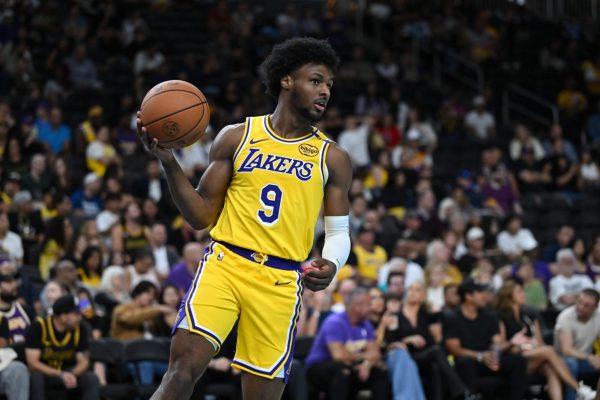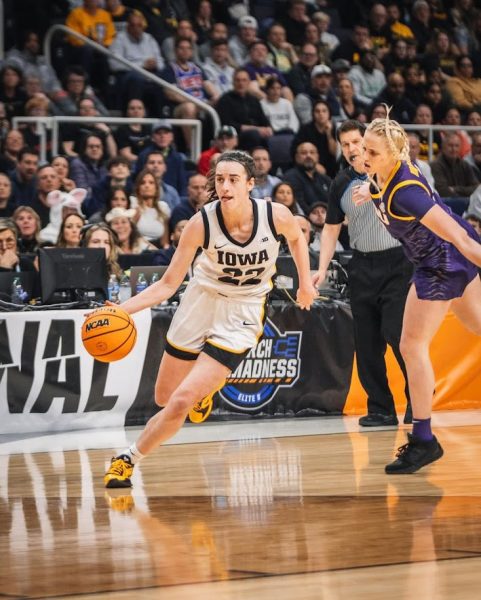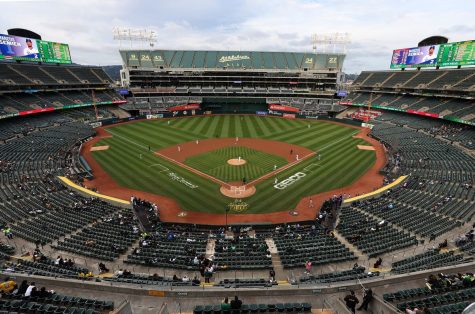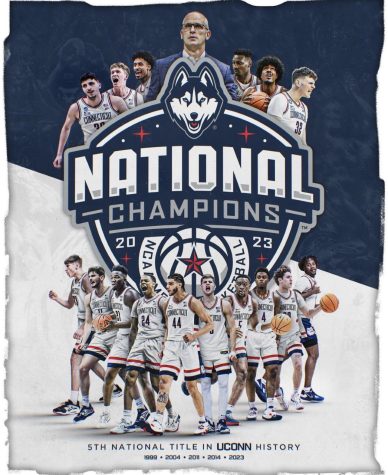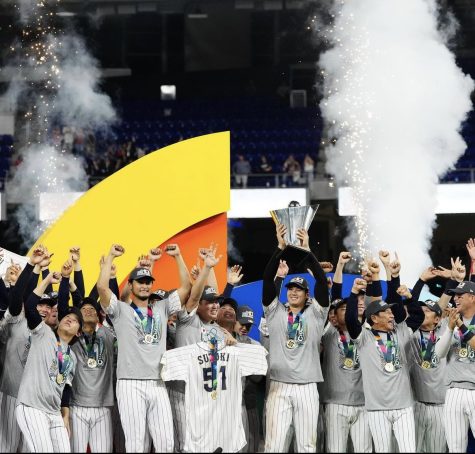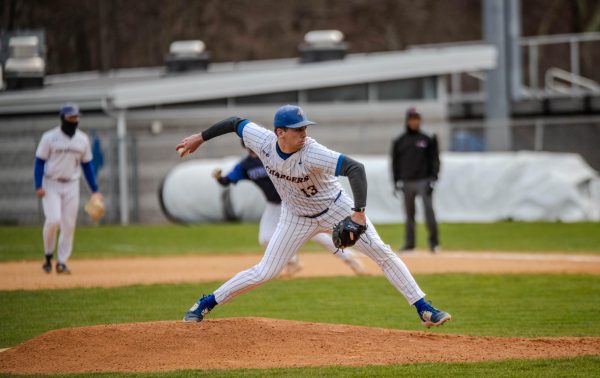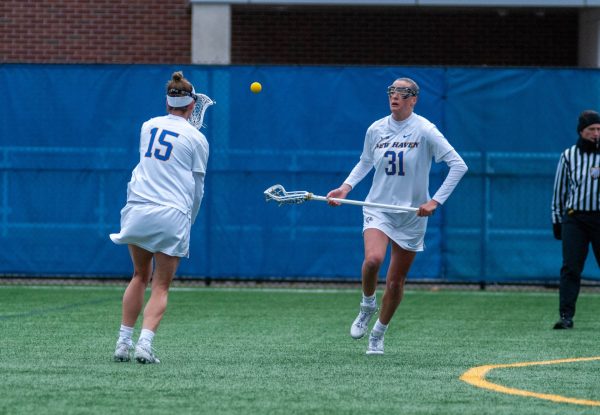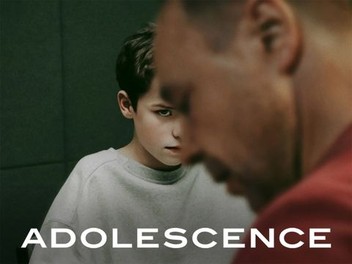Homeruns Don’t Go As Far As They Used To
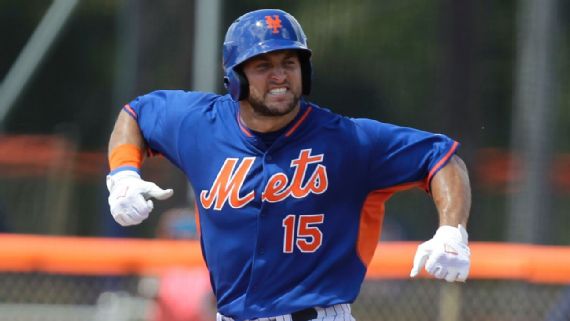
AP PHOTO
Back in the 80s, 90s, and early 2000s Major League Baseball teams would have paid anything to have a 47-home run hitter on their team. Fast forward to 2016 and a player that hit 47 home runs is only getting a three year 37.5-million-dollar contract from his previous team. With that being said there has been a recent trend in MLB that has seen teams go after players with analytical numbers and stocking up on both starting and relief pitchers. The 2016 MLB offseason has been the perfect example of why this trend is prevalent and why front offices have been shying away from the sex appeal of the home run.
The 2016 free agent market has included big name power hitters such as Yoenis Cespedes, Edwin Encarnacion, Mark Trumbo, Jose Bautista, and Mike Napoli. These players combined for 209 home runs last season, only one of them has changed teams, and one of them is still a free agent. In regards to money, other than Cespedes teams are reluctant to pay these home run hitters. Cespedes received a four- year $110 million deal to re-sign with the New York Mets on November 29. This was by far the richest contract given to a power hitter and it was done early in the offseason. The average fan can see that Cespedes is the most versatile of the bunch but his offensive production still lives and dies with the home run. Encarnacion wasn’t so lucky, after coming off a career year with 42 home runs and 127 RBI teams made him wait until December 22 to finally ink a deal. Encarnacion had to wait so long that he started posting workout videos on Instagram to show teams what he was capable of. The Cleveland Indians finally took the bait and signed him to a three-year $60 million deal to be their DH. Bautista was coming off a down year (22 home runs, 69 RBI, .366 OBP) coming into the offseason but he has the resume of a productive offensive player. Bautista also spent a lot of time on the free agent market and gained interest from young teams such as the Phillies. He ended up re-signing with the Toronto Blue Jays for one-year $18 million on January 17. Trumbo was already mentioned in the intro. He was the one that hit 47 home runs 108 RBI and had a .366 OBS. You would think that this type of production would get you a mega contract, but it only got him a three year $37.5 million deal which he signed on January 19. Mike Napoli is the last one on the list, last season he hit 34 home runs brought in 101 RBI and had a .355 OBP. Even with this production Napoli is still on the market and is still talking to teams. One home run hitter that was not a free agent but was on the trade market was Jay Bruce of the Mets. Bruce hit 33 home runs drove in 99 RBI and had a .308 OBP while splitting time with both the Reds and the Mets last season. The Mets have a crowded outfield, so they tried to dangle Bruce in order to get prospects in return. Some teams went for the bait, but a lot of teams were more interested in Curtis Granderson and Michael Conforto because they are a lot more versatile and have a lot more value than Bruce. This goes to show that again teams value prospects and potential over the home run.
Another Factor that has played into the delayed signing of these home run hitters is the draft compensation clause. When a player hits the free agent market the team has the option to offer the player a qualifying offer. If the player rejects the qualifying offer and signs with another team, the new team must forfeit their first-round draft pick to the previous team. Teams are reluctant to give up their draft picks because they feel that these picks can be more productive especially if the team is in a rebuilding stage. This is one of the reasons why the Phillies stopped chasing Bautista. They are in a rebuilding stage and they feel that their draft picks can help them in the future, instead of signing a declining home run hitter that is past his prime.
Another trend we have seen this offseason is the huge investment in starting pitchers and closers. Both Aroldis Chapman and Kenley Jenson were both on the market and they were both locked up very quickly. Chapman signed a five- year $86 million deal with the Yankees, and Jenson re-signed with the Dodgers on a five-year $80 million deal. These are very big investments for closers, but this is how teams are spending their money in the age of analytics. We have also seen a blockbuster trade that included an ace of a pitcher. That ace was Chris Sale and the team was the Boston Red Sox. The Red Sox traded away the number one prospect in all of baseball in Yoan Moncada (a potential home run hitter) for the electric arm of Sale. Sale now joins a pitching staff that includes David Price and the reigning AL Cy young award winner, Rick Porcello.
Overall this 2016-17 MLB offseason has had its success and its fails, its signings and its releases, but one thing has remained constant, chicks and GM’s don’t dig the long ball anymore. The home run is still part of the game, but it is way less prevalent and less sought after than what it was in the 80s, 90s, and early 2000s.
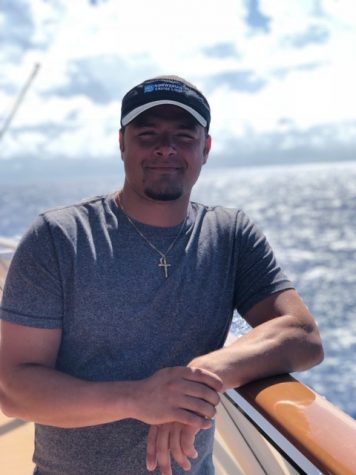
Christopher DiGeronimo is a senior at the University of New Haven studying Sport Management. This is DiGeronimo’s second year as the Sports Editor for...



